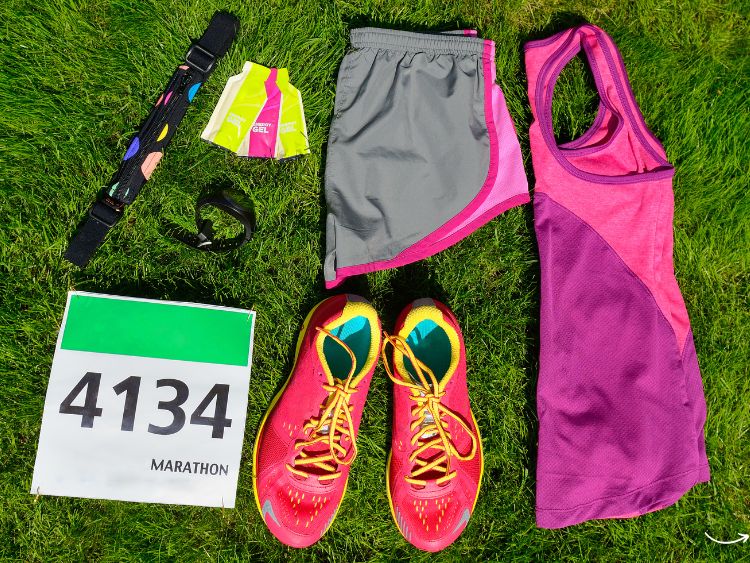In the high-energy world of sports, injuries can often seem unavoidable. That’s where orthopedic sports medicine steps in as a lifesaver for athletes. This field combines specialized knowledge in orthopedics with the latest sports science to treat and prevent injuries, enhancing athletes’ performance and longevity. So, if you’ve ever wondered what goes on behind the scenes to keep athletes at the top of their game, you’re in the right place!
1. What Is Orthopedic Sports Medicine?
- Orthopedic sports medicine is a subspecialty focusing on diagnosing, treating, and preventing injuries related to sports and physical activity.
- It merges knowledge from orthopedics (study of bones, joints, and muscles) with sports sciences to enhance athletes’ recovery and performance.
2. Common Injuries Treated in Orthopedic Sports Medicine
- Knee Injuries: Including ACL tears, MCL injuries, and meniscus tears, knee injuries are among the most common issues faced by athletes.
- Shoulder Injuries: Rotator cuff tears, shoulder impingements, and labral tears.
- Foot and Ankle Injuries: Sprains, fractures, Achilles tendon injuries.
- Elbow Injuries: Common in sports like tennis and baseball, including tennis elbow and ligament tears.
Pro Tip: Early diagnosis and treatment can prevent minor injuries from escalating into more serious conditions.
3. The Role of an Orthopedic Sports Medicine Specialist
- An orthopedic sports medicine specialist isn’t just a doctor; they’re a movement expert. These specialists not only treat injuries but also analyze the athlete’s mechanics to prevent future injuries.
- Key Responsibilities:
- Diagnosing injuries using X-rays, MRIs, and other tools
- Developing treatment plans tailored to the athlete’s needs
- Collaborating with physical therapists, nutritionists, and coaches
4. Treatment Techniques in Orthopedic Sports Medicine
- Non-surgical Treatments:
- Physical Therapy: A cornerstone of orthopedic sports medicine, helping to restore movement and strength.
- Injections: Corticosteroids or platelet-rich plasma (PRP) injections reduce pain and inflammation.
- Surgical Treatments:
- Arthroscopy: A minimally invasive procedure used to diagnose and treat joint issues.
- Ligament Reconstruction: Common in ACL injuries to restore knee stability.
5. The Importance of Preventative Care
- Warm-ups and Stretching: Athletes are taught proper warm-up routines and stretching exercises to prevent injuries.
- Biomechanics Training: Specialists may focus on correcting the athlete’s posture and movement patterns to reduce strain on certain body parts.
- Nutritional Guidance: Proper nutrition fuels performance and aids recovery.
6. Orthopedic Sports Medicine and Recovery
- The recovery process is just as critical as the treatment itself, especially for athletes aiming to return to peak performance.
- Phases of Recovery:
- Immediate Care: Rest, ice, compression, and elevation (RICE) method.
- Rehabilitation: Physical therapy sessions to regain strength and flexibility.
- Return to Play: Gradual reintroduction of sport-specific movements to ensure full recovery.
7. Orthopedic Sports Medicine Innovations: What’s New?
- Robotic-Assisted Surgery: Enhanced precision in procedures like joint replacements.
- Regenerative Medicine: PRP and stem cell therapy are becoming popular for faster recovery.
- Wearable Technology: Athletes and doctors can now track physical performance and detect potential injury risks with wearable sensors.
FAQs About Orthopedic Sports Medicine
- What is orthopedic sports medicine?
Orthopedic sports medicine focuses on treating and preventing injuries related to sports and physical activities, helping athletes maintain peak performance. - How does an orthopedic sports medicine specialist differ from a regular orthopedist?
While both treat musculoskeletal issues, a sports medicine specialist has additional expertise in athletic injuries and prevention, often working closely with physical therapists and trainers. - When should an athlete see an orthopedic sports medicine specialist?
Athletes should consult a specialist if they experience recurring pain, an injury that won’t heal, or want to prevent injuries proactively. - What’s the role of physical therapy in orthopedic sports medicine?
Physical therapy is essential for recovery, helping athletes regain strength, flexibility, and proper movement to prevent future injuries.
Conclusion
Orthopedic sports medicine plays an irreplaceable role in keeping athletes healthy, on the field, and performing their best. Whether it’s treating a simple sprain or a complex knee reconstruction, these specialists are vital in the world of sports. With advancements in technology and techniques, orthopedic sports medicine continues to evolve, offering athletes the best chance to overcome injuries and excel.
Authoritative Sources
- American Academy of Orthopaedic Surgeons: www.aaos.org
- National Institutes of Health (NIH): www.nih.gov
- Mayo Clinic Orthopedics & Sports Medicine: www.mayoclinic.org
- American Orthopaedic Society for Sports Medicine (AOSSM): www.sportsmed.org






